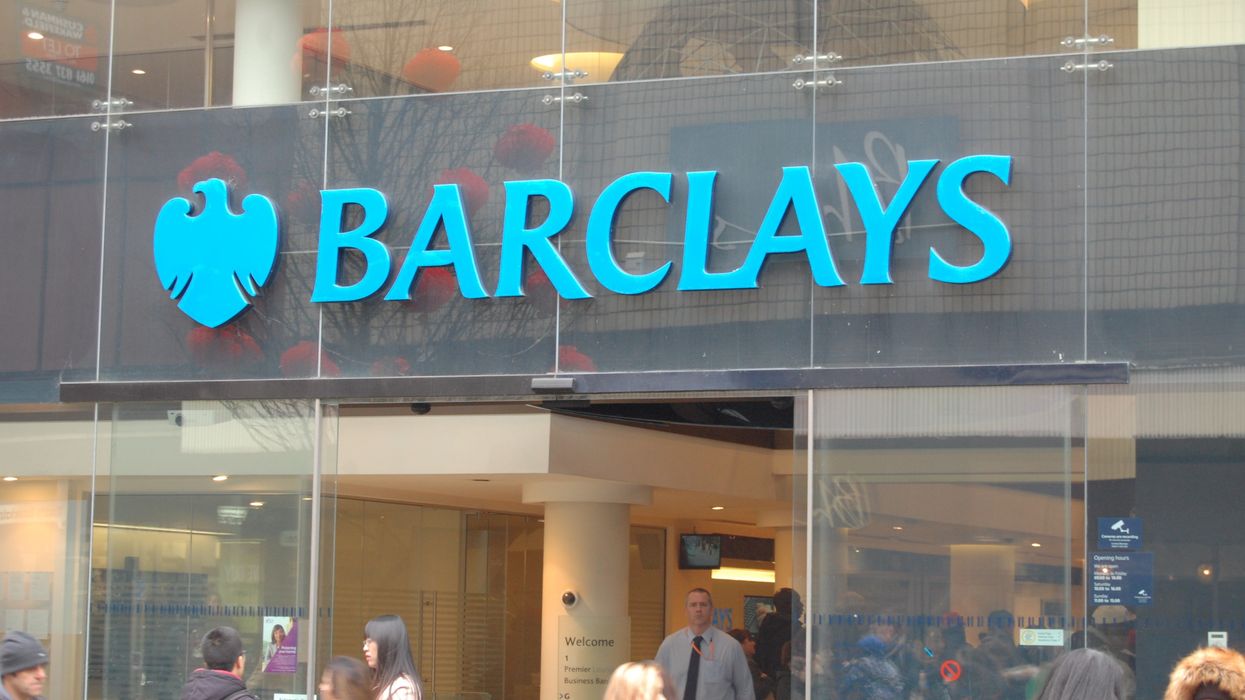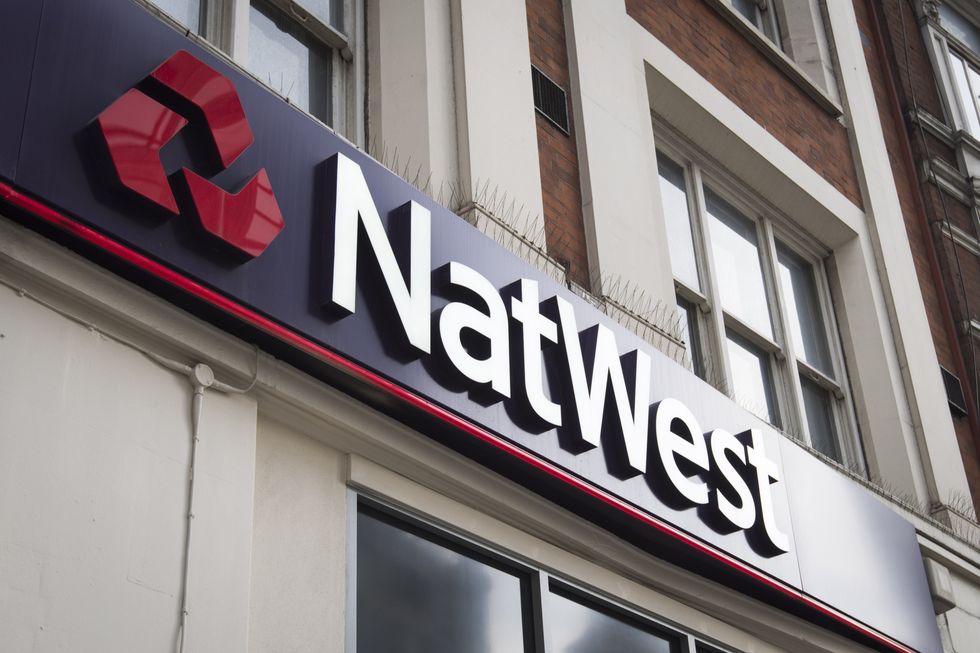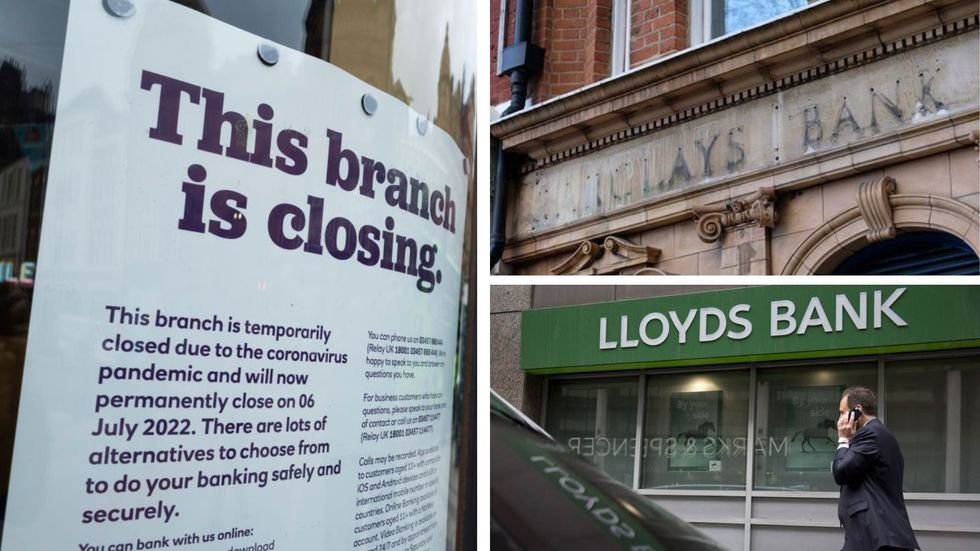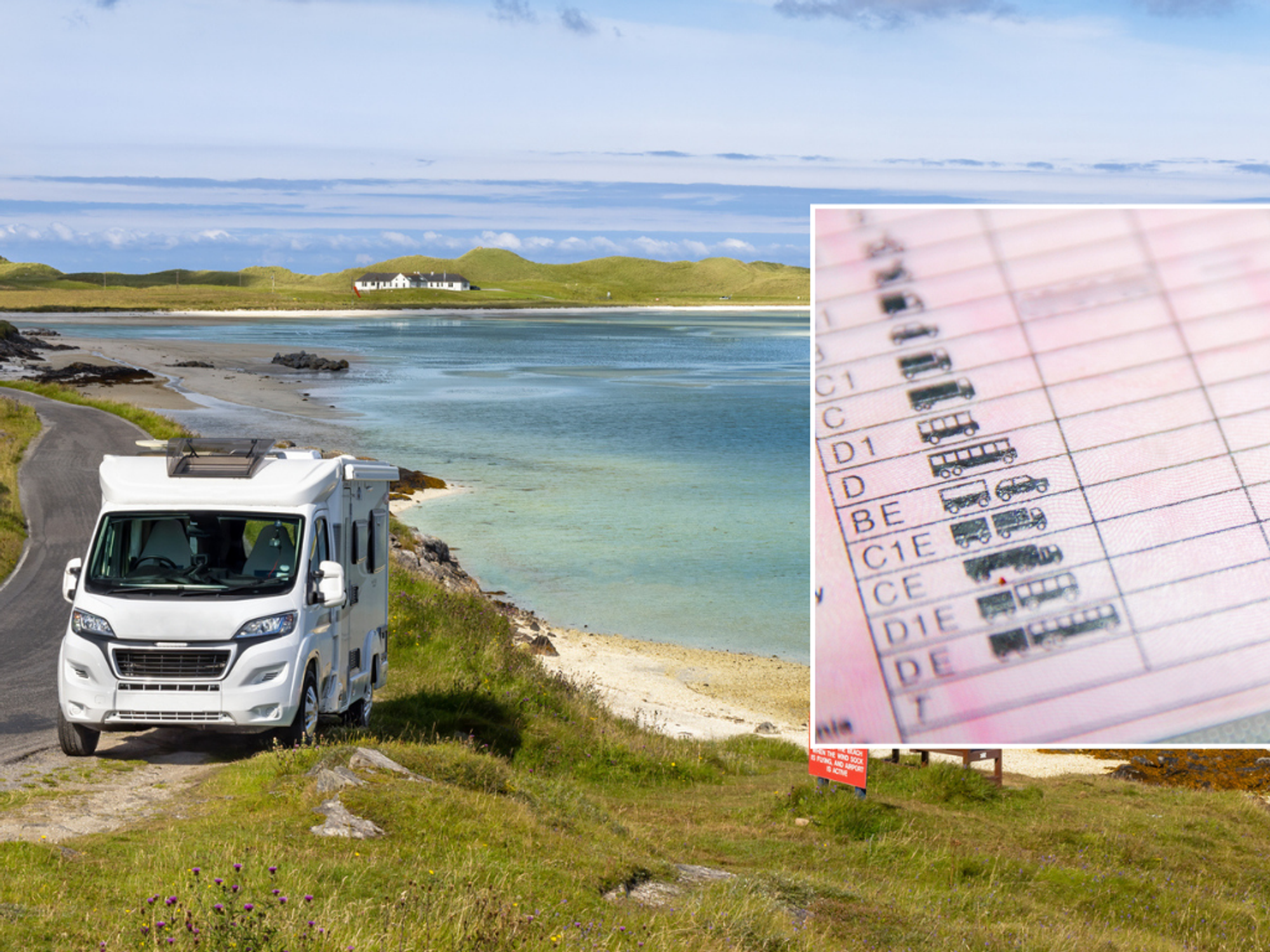3 million Britons to be left without access to cash as bank branch closures continue at ‘alarming rate’

Barclays will close 18 more bank branches in 2024 | GETTY

Major banks, including NatWest and Lloyds, have increased the number of bank branch closures within their groups
Don't Miss
Most Read
Latest
Bank branch closures will push three million Britons into living without nearby banking services, according to new research. Consumer champion Which? is warning that high street banks and building societies are shutting down at an “alarming rate”.
More than 5,800 bank have closed since 2015 which is the equivalent of 54 every month with includes more than half of branches that were open at the beginning of that year.
Among the banking groups which have shut down physical locations include NatWest Group, which compromises NatWest, Royal Bank of Scotland Ulster Bank, and Lloyds Banking Group, which is made up of Lloyds Bank, Halifax and Bank of Scotland.
Have you been affected by bank branch closures? If you’d like to share your story, get in touch by emailing money@gbnews.uk.
 Banks, including NatWest, have closed local branches in recent years | PA
Banks, including NatWest, have closed local branches in recent years | PANatWest Group has shut down 1,333 branches, whereas Lloyds Banking Group has shuttered 1,072 sites since 2015.
Many financial institutions have opted to expand online banking services in lieu of continuing to operate physical locations on the high street.
However, Which?’s research has revealed that 30 parliamentary constituencies, with an estimated population of 2.8 million people, will no longer have physical branches by the end of this year.
Despite millions having already switching to online banking or apps to manage their money, many are unable or unwilling to do so.
According to the British Retail Consortium (BRC), actual cash usage made up 19 per cent of transactions in 2022 which is a 15 per cent from the year before.
For many vulnerable people, including pensioners and small business owners, face-to-face banking services are important for withdrawing and depositing cash.
Recently, banks have offered alternative services including banking hubs for areas affected by these closures but Which? said the rollout has been too slow.
Some 30 of 101 recommended banking hub locations have opened, according to the latest LINK data. The Government has charged the Financial Conduct Authority (FCA) with overseeing the cash network. Under its remit, the regulator will focus primarily on access to cash services but will not be able to prevent a bank from closing a branch.
However, the FCA may have influence where a local brank is a key source of cash and is being urged to work closely with banks to make sure not communities are left without access to cash withdrawal.
Sam Richardson, the deputy editor of Which? Money, warned of the “alarming rate” of bank branch closures. He said: “A closed bank branch isn't just a high street eyesore, but one less place for consumers to go to withdraw cash or access in-person banking services.
LATEST DEVELOPMENTS:

Bank branch closures are continuing at an 'alarming rate', according to Which?
|GETTY
“Alternatives like banking hubs could help plug the gaps, but they are being rolled out too slowly, so more must be done to ensure communities get these replacements for their closed bank branches as soon as possible.
"It's vital that the FCA works closely with banks and holds them accountable over decisions to close branches so more people aren't left at risk of being cut adrift.”
Here is a full list of the constituencies that will be left cashless due to bank branch closures, according to Which, as well their respective population estimates rounded to the nearest thousand:
- Barnsley East 94,000
- Bolton West 98,000
- Bradford South 106,000
- Central Suffolk and North Ipswich 102,000
- Clwyd South 70,000
- Colne Valley 112,000
- Denton and Reddish 88,000
- Don Valley 99,000
- East Worthing and Shoreham 99,000
- Erith and Thamesmead 117,000
- Glasgow North East 88,000
- Liverpool, West Derby 94,000
- Mid Bedfordshire 121,000
- Mid Derbyshire 83,000
- Newport East 84,000
- North East Derbyshire 92,000
- Nottingham East 98,000
- Penistone and Stocksbridge 89,000
- Plymouth, Moor View 94,000
- Reading West 112,000
- Rhondda 68,000
- Sedgefield 85,000
- Sheffield, Hallam 85,000
- St Helens North 100,000
- Stone 86,000
- Swansea East 81,000
- Warrington North 95,000
- Wentworth and Dearne 100,000
- Wirral West 68,000
- York Outer 92,000










